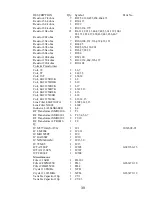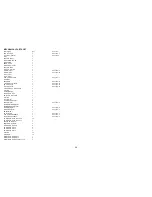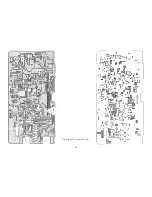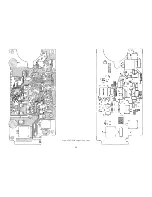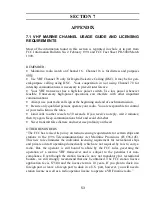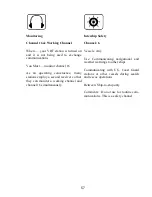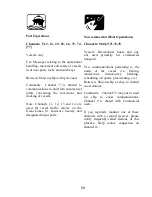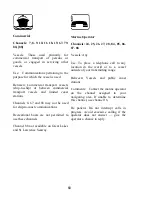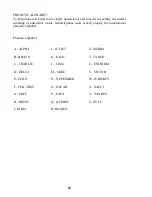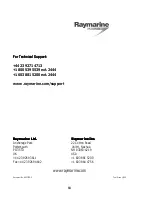
53
SECTION 7
APPENDIX
7.1 VHF MARINE CHANNEL USAGE GUIDE AND LICENSING
REQUIREMENTS
Most of the information found in this section is reprinted in whole or in part from
FCC Information Bulletin No. 2 February 1991 and FCC Fact Sheet PR-5000 March
1990.
REMEMBER:
•
Maintain a radio watch on Channel 16. Channel 16 is for distress and purposes
only.
•
Use VHF Channel 70 only for Digital Selective Calling (DSC), It may be for gen-
eral-purpose calling using DSC. Your cooperation in not using Channel 70 for
intership communications is necessary to prevent interference.
•
Your VHF transceiver has a high-low power switch. Use low power whenever
feasible. Unnecessary high-power operations can interfere with other important
communications
•
Always use your radio call sign at the beginning and end of each transmission.
•
Be sure only qualified persons operate your radio. You are responsible for control
of your radio. Know the rules.
•
Limit calls to other vessels to 30 seconds. If you receive no reply, wait 2 minutes;
then try again. Keep communications brief and avoid chit-chat.
•
Never transmit false distress and never use profanity on the air.
OTHER REMINDERS
“The FCC has revised its policy on radio licensing requirements for certain ships and
stations in the 1996 Telecommunications Act Maritime Provisions (FCC96-145).
This new rule eliminates the individual licensing requirement for recreational ships
and private aircraft operating domestically which are not required by law to carry a
radio. But, the operator is still bound to abide by the FCC rules governing the
operation of a marine VHF transceiver and is subject to the penalties for non-
compliance. Even though the station license is now not mandatory for recreational
boaters, we still strongly recommend that one be obtained. The FCC station license
application fee is $75.00 and the license term is 10 years. If you plan to dock in a
foreign port or leave a foreign port to dock in a U.S. port, however, you will need a
station license as well as a radio operator license to operate a VHF marine radio.”
Summary of Contents for RAY 210VHF
Page 2: ......
Page 3: ......
Page 4: ......
Page 6: ......
Page 8: ......
Page 10: ......
Page 12: ......
Page 19: ...7 Figure 2 2 Outline and Mounting Dimensions...
Page 30: ...18 Figure 3 1 Layout of Controls and Connectors...
Page 40: ...28 Fig 4 1 Block Diagram RF PCB...
Page 41: ...29 Fig 4 2 Block Diagram CPU PCB...
Page 55: ...43 6 2 RAY210 ASSEMBLY DRAWING...
Page 57: ...45 6 3 SCHEMATIC DIAGRAM Fig 6 1 Schematic diagram RF PCB...
Page 58: ...46 Fig 6 2 Schematic diagram CPU PCB l...
Page 59: ...47 Fig 6 2 Schematic diagram CPU PCB 2...
Page 60: ...48 Fig 6 3 RF PCB Layout Top View...
Page 61: ...49 Fig 6 4 RF PCB Layout Rear View...
Page 62: ...50 Fig 6 5 CPU PCB Layout Top view...
Page 63: ...51 Fig 6 5 CPU PCB Layout Rear View...
Page 64: ...52...
Page 75: ...63...

